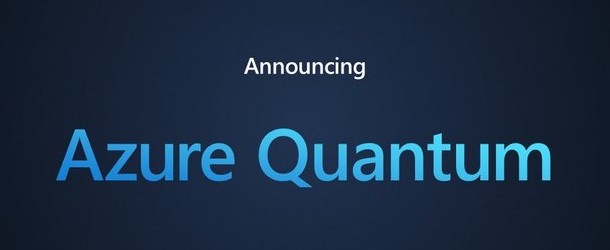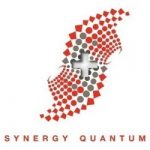Azure Quantum demonstrates formerly elusive physics needed to build scalable topological qubits

(Microsoft.com) Jennifer Langston, who writes about Microsoft research and innovation, has authored an extensive review of what she calls Microsoft’s “historic milestone” breakthrough that demonstrates the elusive building blocks for a topological quantum bit, or qubit, which Microsoft has long pursued as the most promising path to developing a scalable quantum computer. Inside Quantum Technology summarizes here; Langston’s complete article is well worth the time to read.
Krysta Svore, a Microsoft distinguished engineer who leads the company’s quantum software program explained, “What’s amazing is humans have been able to engineer a system to demonstrate one of the most exotic pieces of physics in the universe. And we expect to capitalize on this to do the almost unthinkable — to push towards a fault-tolerant quantum machine that will enable computation on an entirely new level that’s closer to the way nature operates.”
“It’s never been done before, and until now it was never certain that it could be done. And now it’s like yes, here’s this ultimate validation that we’re on the right path,” she said.
Building on two decades of scientific research and recent investments in simulation and fabrication, the Azure Quantum team has engineered devices that allow them to induce a topological phase of matter bookended by a pair of Majorana zero modes. These quantum excitations don’t normally exist in nature and must be coaxed into appearing under incredibly precise conditions.
Scientists have sought to create and observe these excitations since they were first theorized about in 1937. More recently, they’ve realized that Majorana zero modes can play an important role in protecting quantum information and enabling reliable computation.
The Azure Quantum team has also been able to produce what is known as a topological phase and to measure the topological gap, which quantifies the stability of the phase.
The ability to create and sustain a quantum phase with Majorana zero modes and a measurable topological gap removes the biggest obstacle to producing a unique type of qubit, which Microsoft’s quantum machine will use to store and compute information, called a topological qubit. It’s the foundation for Microsoft’s approach to building a quantum computer that is expected to be more stable than machines built with other types of known qubits, and therefore scale like no other.
Azure Quantum has focused on developing topological qubits, which are expected to be faster, smaller and less prone to losing information than other types of qubits currently under development. Microsoft believes creating a more stable topological qubit is the clearest and fastest path to building an industrial-scale quantum machine.
But, until now, the downside of pursuing a topological qubit was that no one was sure it was possible to harness the underlying quantum physics to produce them.
“The fact that we have done this thing that’s very, very hard and can now make devices that produce this topological phase shows that we have a very talented team that is up to the challenge and can tackle the next critical steps,” said Chetan Nayak, a Microsoft distinguished engineer who leads the quantum hardware program.
“This proves the key aspects of this elusive physics and now it’s full steam ahead to the topological qubit,” he said.



















